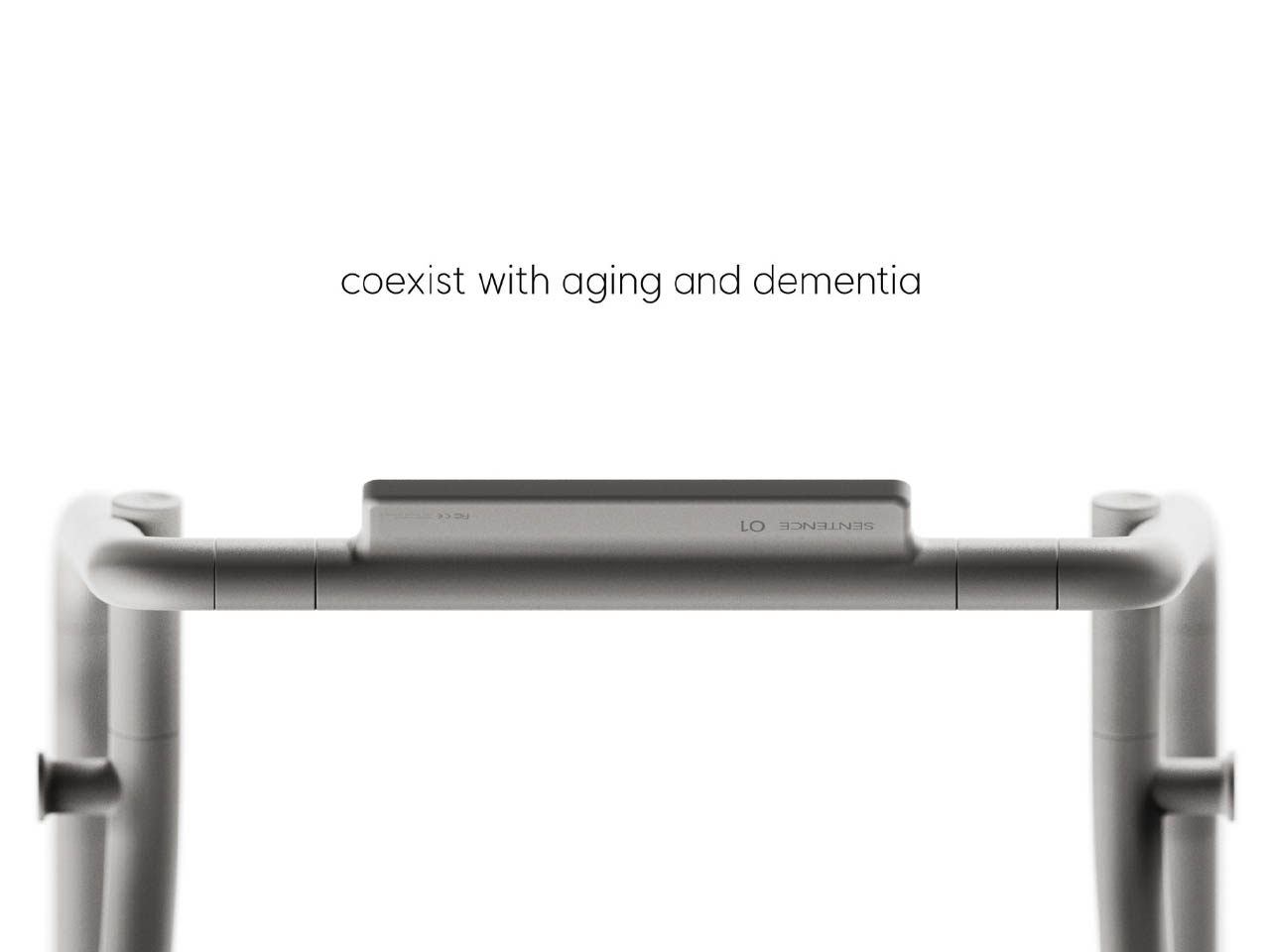Nvidia GeForce RTX 5090 review: the ultimate DLSS 4 billboard
Readers, I have spent two full days in the benchmark pits to tell you what you've already guessed: the GeForce RTX 5090 is very fast, too expensive, and laden with more AI tech than Philip K. Dick’s cheese dreams. At least two of those points will, I’m sure, send the average graphics card shopper running, especially at a time when even game developers are growing suspicious of generative AI and its many-thumbed, robot-voiced nostrums. Yet while there’s not much to be done about the RTX 5090 costing at minimum £1939 / $1999, hundreds more than the infamously spenny RTX 4090, its suite of more purely performance-focused artificial intelligence tools is – dare I say it – quite neat. These range from Multi Frame Generation (MFG), which is basically DLSS 3 frame gen but up to twice as fast, to DLSS 4’s general upscaling enhancements and even the ability to apply newer DLSS versions to older games. All this will come to the rest of the RTX 50 series as well, with some trickling down to the enter RTX range, so maybe the RTX 5090 is best understood not as a practical GPU purchase in itself but as a Picadilly Square-filling advert for its more affordable siblings can do. Read more


Readers, I have spent two full days in the benchmark pits to tell you what you've already guessed: the GeForce RTX 5090 is very fast, too expensive, and laden with more AI tech than Philip K. Dick’s cheese dreams. At least two of those points will, I’m sure, send the average graphics card shopper running, especially at a time when even game developers are growing suspicious of generative AI and its many-thumbed, robot-voiced nostrums.
Yet while there’s not much to be done about the RTX 5090 costing at minimum £1939 / $1999, hundreds more than the infamously spenny RTX 4090, its suite of more purely performance-focused artificial intelligence tools is – dare I say it – quite neat. These range from Multi Frame Generation (MFG), which is basically DLSS 3 frame gen but up to twice as fast, to DLSS 4’s general upscaling enhancements and even the ability to apply newer DLSS versions to older games. All this will come to the rest of the RTX 50 series as well, with some trickling down to the enter RTX range, so maybe the RTX 5090 is best understood not as a practical GPU purchase in itself but as a Picadilly Square-filling advert for its more affordable siblings can do.
What's Your Reaction?




































